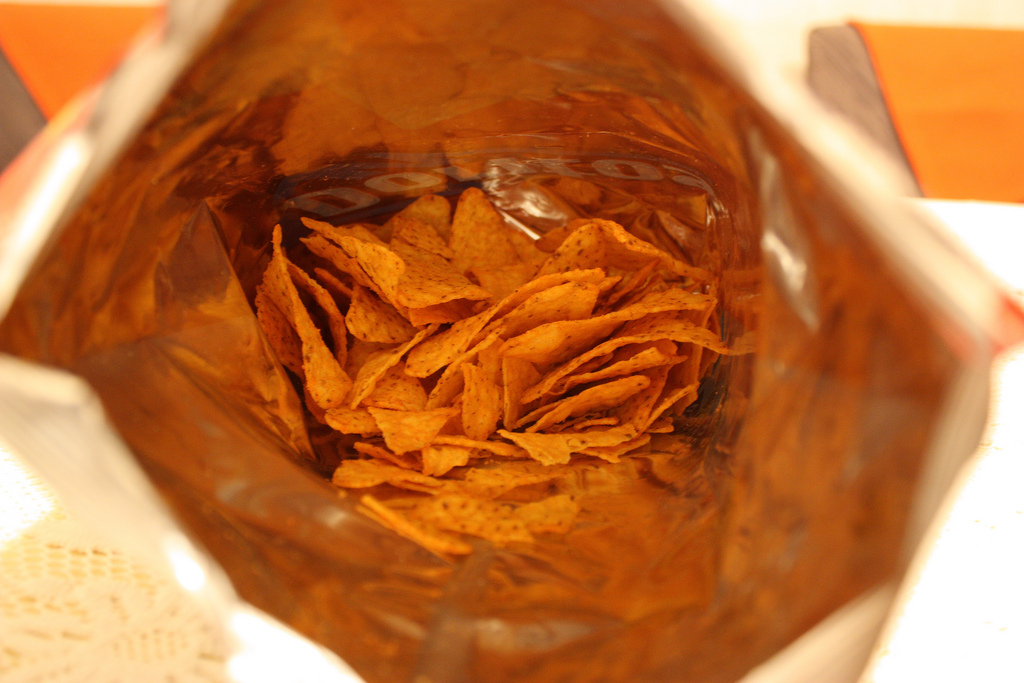U.S. News
These Major Food Brands Are Phasing Out Artificial Dyes
By Jake Beardslee · July 18, 2025
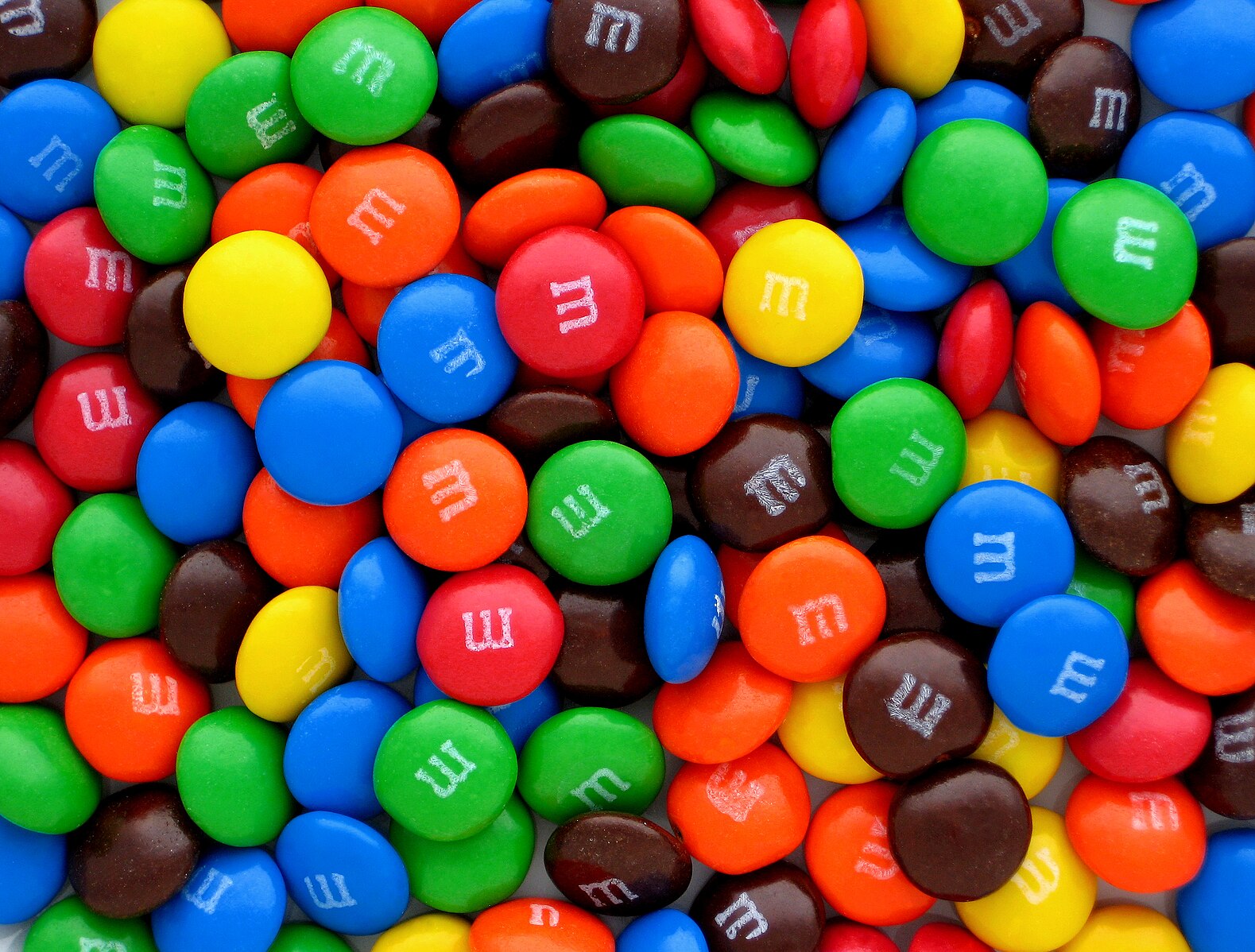
These Major Food Brands Are Phasing Out Artificial Dyes — While Some Resist the Change
As the FDA moves to phase out synthetic food dyes by 2026, several top food manufacturers are voluntarily reformulating products to align with emerging health standards. But not all companies are on board. Evan-Amos, Public domain, via Wikimedia Commons
Food Industry Braces for Change as FDA Targets Synthetic Dyes
With U.S. Health Secretary Robert F. Kennedy Jr. taking a hard line on artificial additives, the Food and Drug Administration is preparing to eliminate synthetic food dyes from the American food supply by 2026. Though not yet banned outright, the FDA's April announcement signals a major regulatory shift — one that has prompted many food companies to proactively adjust their recipes.Several major manufacturers have announced plans to phase out artificial dyes ahead of schedule, a move both to maintain favor with federal agencies and keep pace with global standards. Many of these companies already comply with dye restrictions abroad and are now applying similar reforms to their U.S. product lines.
Here’s a breakdown of the major manufacturers making changes — and those pushing back. Jack Gruber/USA TODAY / USA TODAY NETWORK via Imagn Images
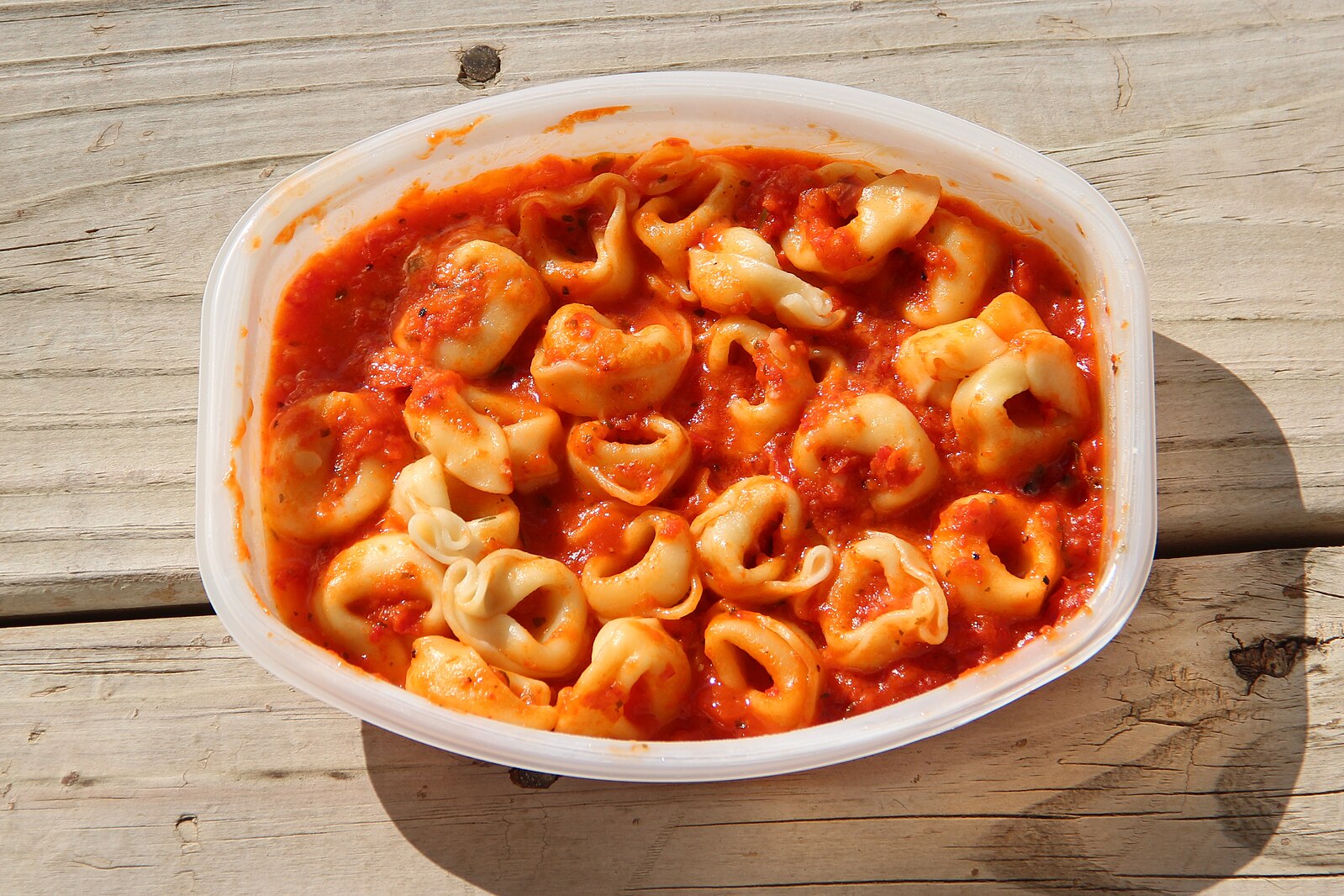
Nestlé USA Moves Fastest
Nestlé USA has set one of the most ambitious timelines for reform. The company announced that it will remove artificial dyes from all its U.S. products by mid-2026. Over 90% of its current lineup is already synthetic-dye free, according to a press release.Brands either already dye-free or soon to be include:
• Stouffer's
• Lean Cuisine
• DiGiorno
• Hot Pockets
• Nesquik Thomson200, CC0, via Wikimedia Commons
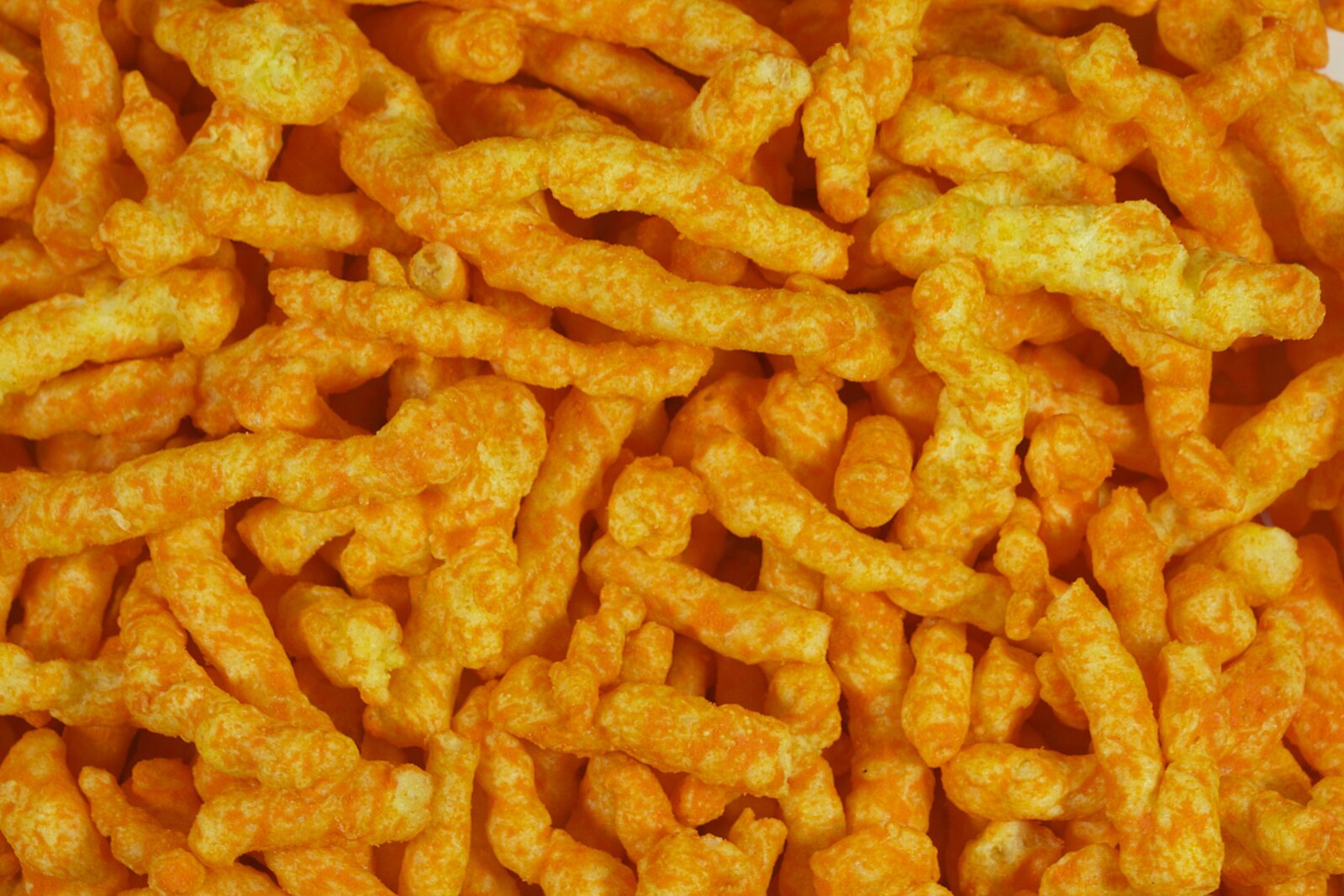
PepsiCo Begins Phased Rollout
In an April earnings call, PepsiCo revealed plans to eliminate artificial colors across its U.S. food products. Though it did not offer a final deadline, the company said several brands — including Lay’s and Tostitos — will be dye-free by year’s end. As of now, more than 60% of its offerings are already free of synthetic dyes.Products on the path to reform include:
• Doritos
• Cheetos
• Mountain Dew
• Ruffles
• Gatorade Jeff Eaton, CC BY-SA 2.0 https://creativecommons.org/licenses/by-sa/2.0, via Wikimedia Commons
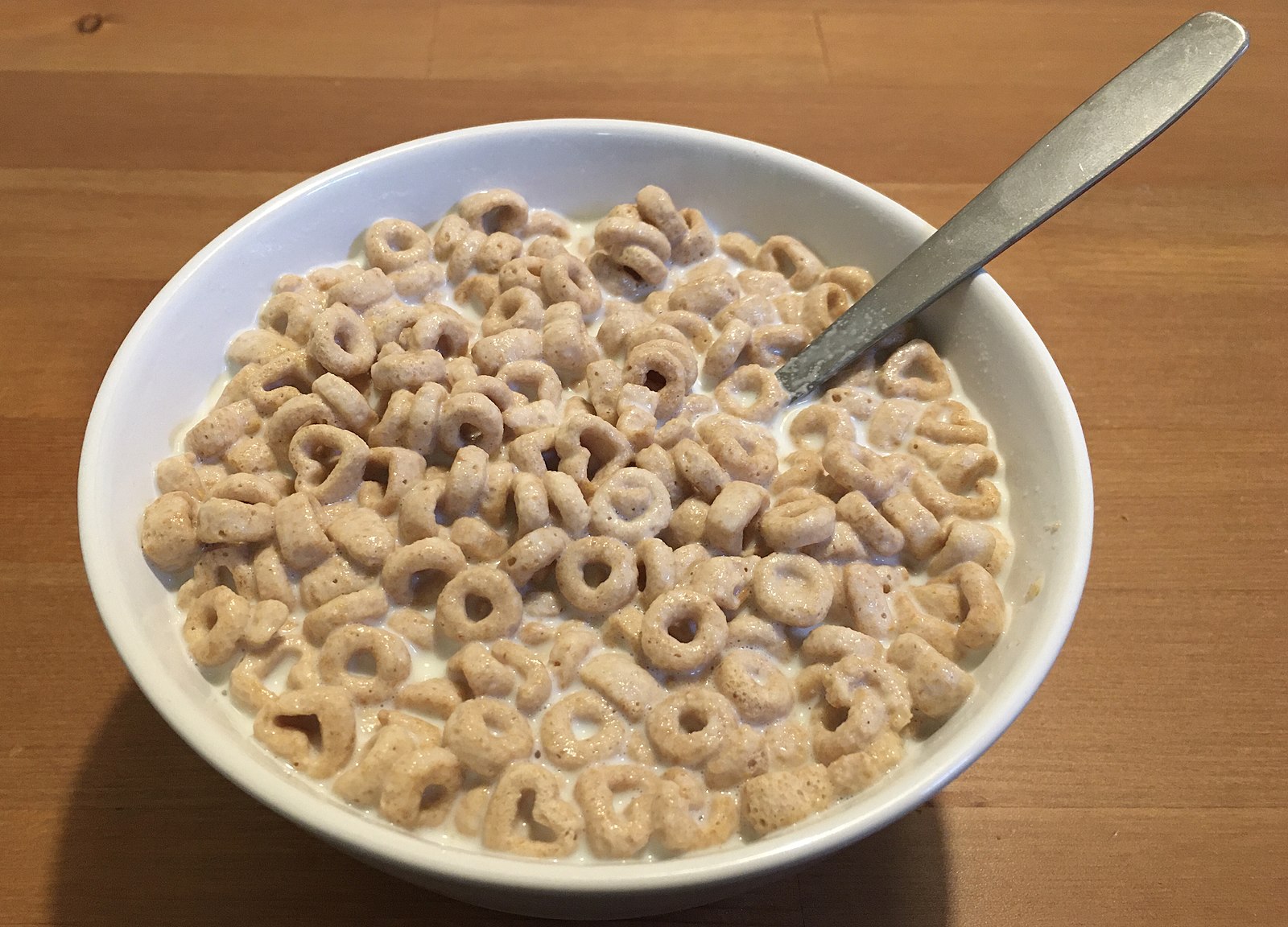
General Mills Targets School and Retail Lines
General Mills aims to eliminate synthetic dyes from all its cereals and K-12 school products by summer 2026, with a full company-wide phaseout across U.S. products by the end of 2027. Currently, about 85% of its items are dye-free.Brands affected include:
• Cheerios
• Pillsbury
• Trix
• Betty Crocker
• Lucky Charms Th78blue, CC BY-SA 4.0 https://creativecommons.org/licenses/by-sa/4.0, via Wikimedia Commons
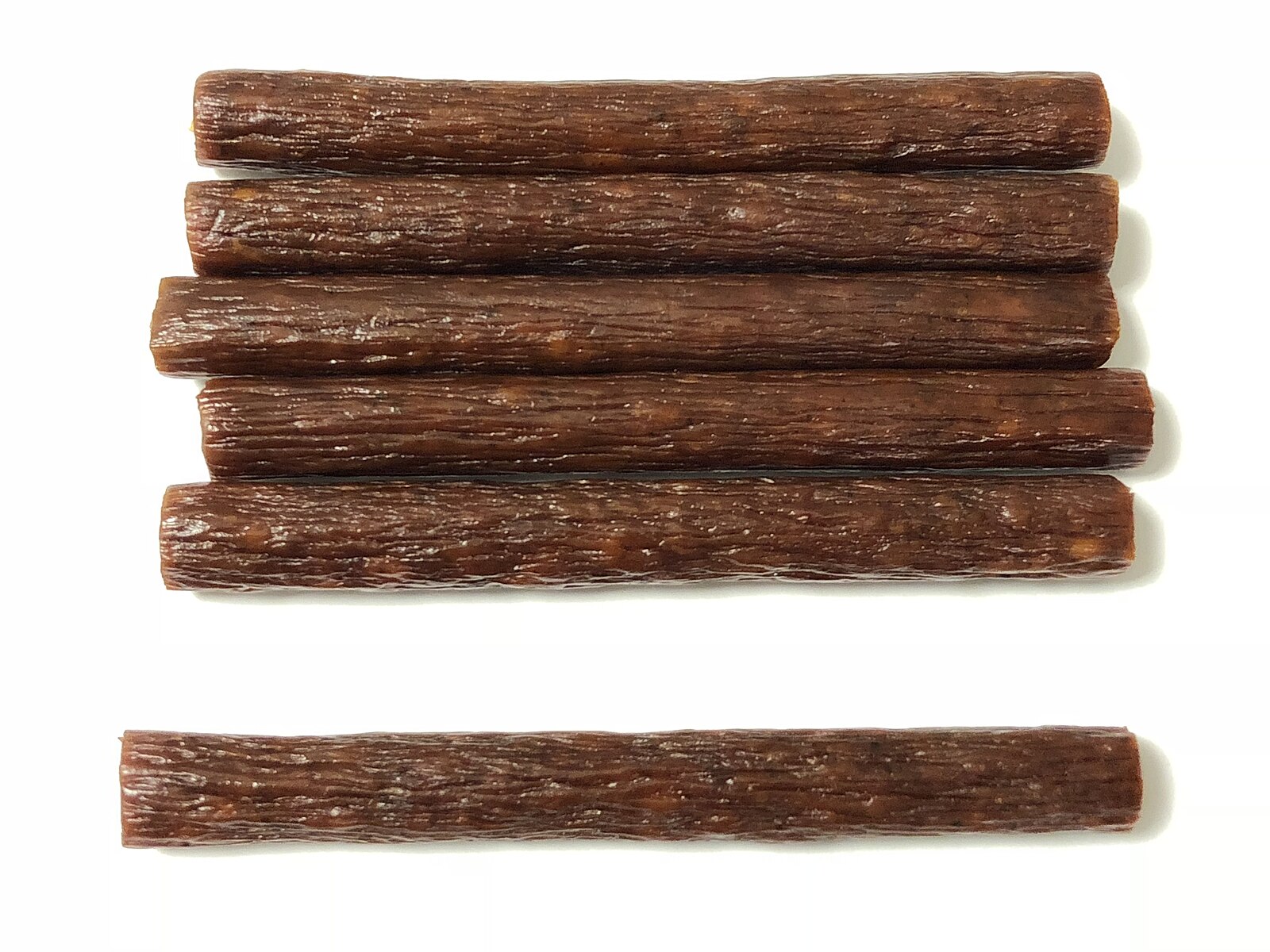
Conagra Cleans Up Its Frozen Aisle
Conagra plans to remove all artificial dyes from frozen foods by the end of this year. For K-12 school products, artificial colors will be eliminated by the 2026–2027 school year. A complete phaseout across all U.S. products is expected by 2027.Popular brands being reformulated include:
• Marie Callender's
• Healthy Choice
• Slim Jim
• Duncan Hines
• Snack Pack Th78blue, CC BY-SA 4.0 https://creativecommons.org/licenses/by-sa/4.0, via Wikimedia Commons
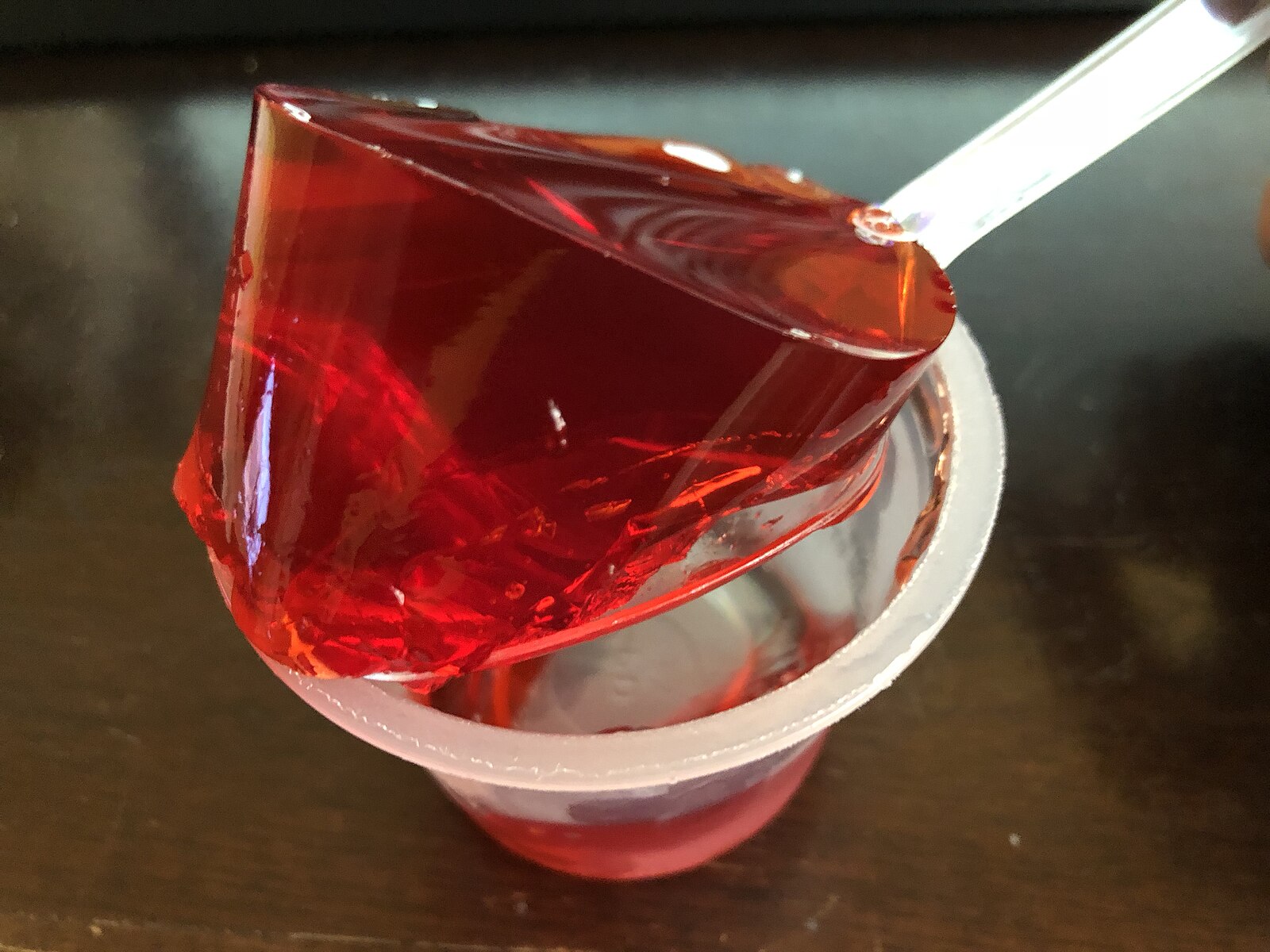
Kraft Heinz Takes a Gradual Approach
Kraft Heinz announced that it will remove synthetic dyes from all products by the end of 2027 and will not launch any new dye-containing products in the U.S. in the meantime. The company noted that it will substitute dyes “where it’s not critical to the consumer experience” or explore natural alternatives.Some Kraft Heinz products still using dyes:
• Crystal Light
• Kool-Aid
• Jell-O
• Jet Puffed
The company’s macaroni and cheese has been dye-free since 2016, and Heinz ketchup has never contained artificial coloring. Th78blue, CC BY-SA 4.0 https://creativecommons.org/licenses/by-sa/4.0, via Wikimedia Commons
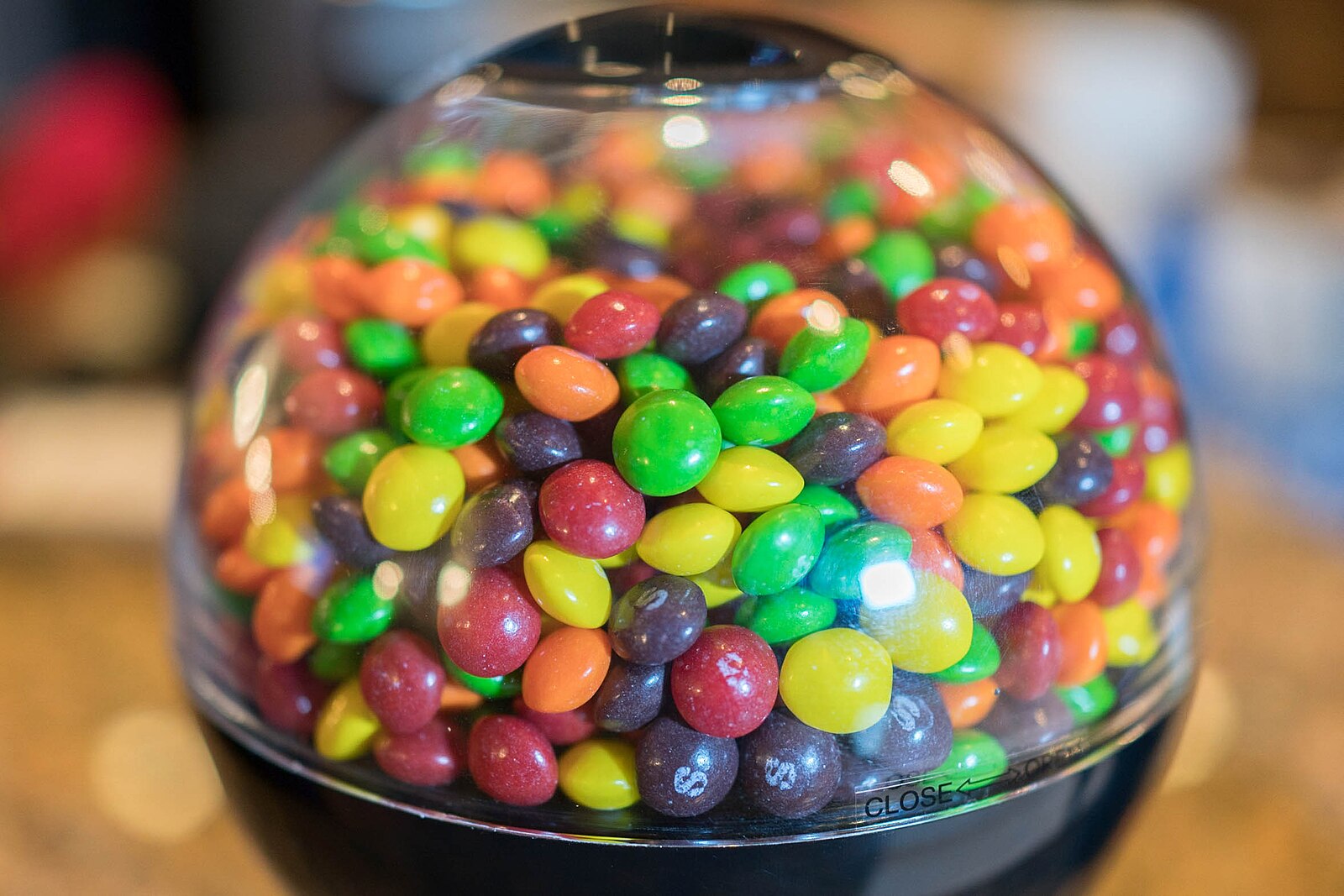
Candy Makers Push Back
Not all companies are making moves. Candy manufacturers like Mars, which produces M&M’s and Skittles, argue that consumers prefer bright colors. They’ve expressed concern that switching to natural dyes would raise costs. Until synthetic dyes are federally banned or restricted by more states, many confectioners are likely to hold out. Austin Kirk, CC BY 2.0 https://creativecommons.org/licenses/by/2.0, via Wikimedia Commons